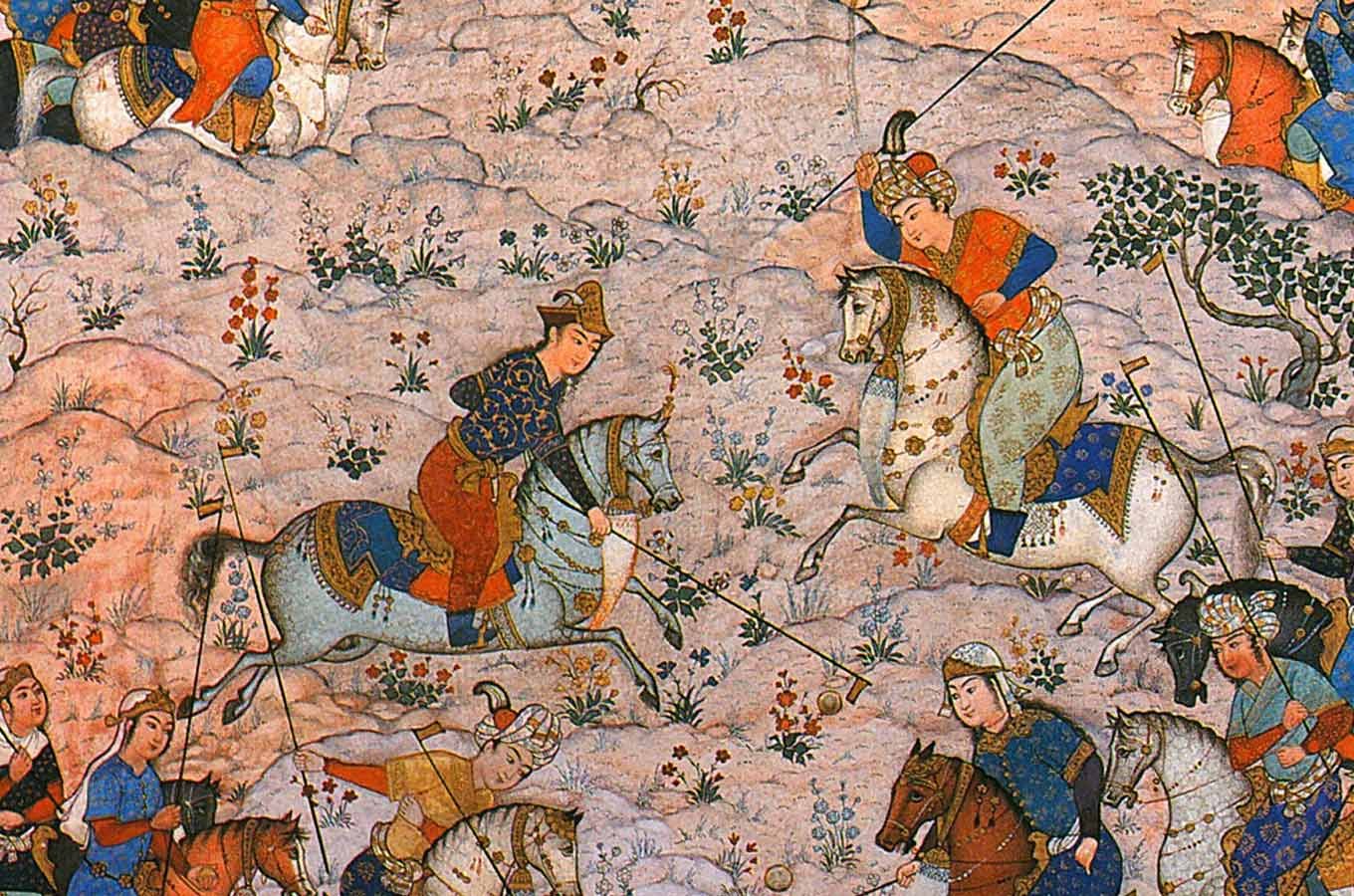A History of the Polo Shirt

The polo shirt, as the name suggests, has its origins in the sport of polo. Originally believed to have begun within the Persian empire as a method of training military calvary units, polo was first known within this Asian region as “Chogan.” Migrating thereafter to India, during the Mughal Empire of the 16th century, the word polo itself was likely created as a derivative of the Tibetan word “pulu,” meaning ball. Within the same Indian region British tea planters and military officers of colonial England learned and adopted the game and provided its modern codified rules.
Heavily influence by its rough militaristic inception, early polo shirting was long sleeved and made from thick cotton to withstand the rigors of aggressive horseback and full contact activities therein. Within the hot climes of India the design of the polo shirt thoughtfully included performance features such as a large collar which could be flipped up to protect the neck from harsh sun burns & irritation. Additionally the use of knit fibers ensured temperature regulating breathability, flexibility, and range of motion greatly improving rider movement & performance without restricting comfort.
The evolution of this unique garment continued beyond the polo ground; over time this particular shirting option infiltrated the courts of tennis, other lawn sports, and became a common transitional layer within the world of alpine sport. Notably, during the early 20th century, tennis players opted for the first modified short sleeve version of the piece often woven in pique cotton coupled with a buttoned, high taste, placket. It was this versatile version of the polo shirt which generated mass popularity while conveying a handsome sporting elegance preferred by gentlemen, athletes, and recreationalists of the 1950’s and 1960’s.
Specifically, for alpinists the same attributes of the garment appreciated by those original polo players were welcomed by skiers and hikers who gravitated toward the style’s unique sun protective neckline and combination of lightweight, flexible fibers, ideal for uphill & downhill mountain movement. Likewise, as alpine sport rose to new figurative and literal heights during the late 19th and early 20th centuries, the polo shirt’s first class presentation allowed for an easy transition from the high streets at the foot of European peaks such as Mont Blanc, the Matterhorn, and the Dolomites making it an ideal base layer that could accommodate the addition of knits and outerwear when encountering increased elevation or inclement weather. Within a skier’s wardrobe specifically, the polo shirt and its classic expression of handsome recreation was often denoted by the “peekaboo” of its collar exposed over mid-layers such as sweaters and vests. Such gentlemanly wardrobe presentations were considered en vogue from a sporting point of view and most especially during the advent of downhill skiing in the United States during the 1940’s and 1950’s at such well-to-do destinations as Aspen Colorado, Park City Utah, and Sun Valley, Idaho.
Overall, the history of the polo shirt is a journey that spans continents and centuries, reflecting cultural shifts, technological advancements, and changes in fashion. From its origins in the sport of polo in ancient Persia to its adaptation as a practical, fashionable, and versatile shirting item, the polo shirt has become an iconic garment celebrated for its comfort, versatility, and timeless style across the spectrum of gentlemanly sport. Its evolution from military garb to sportswear to a traditional wardrobe staple worn in various settings demonstrates its enduring appeal and adaptability. Whether on the polo field, the tennis court, ski slopes, or in everyday life, the polo shirt continues to be a symbol of casual elegance and sporty sophistication, embodying a diverse history that resonates across cultures and generations.







